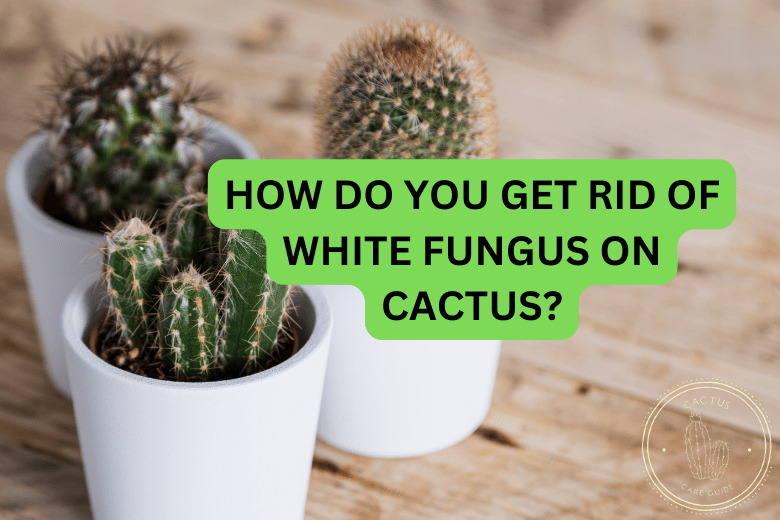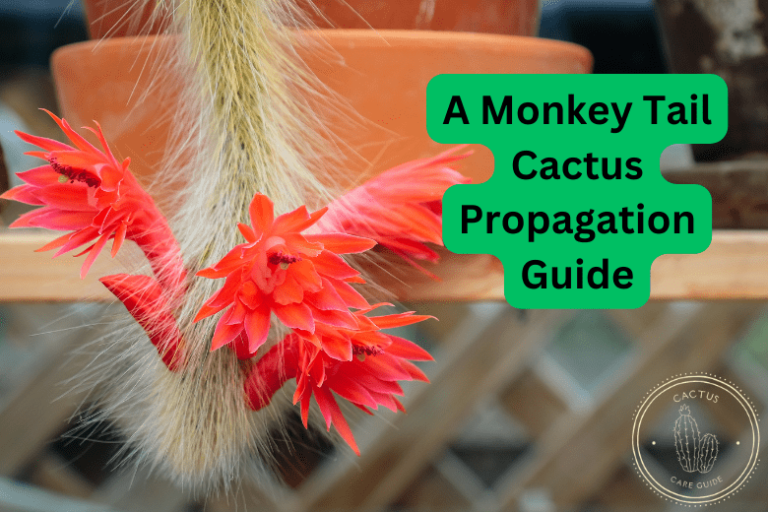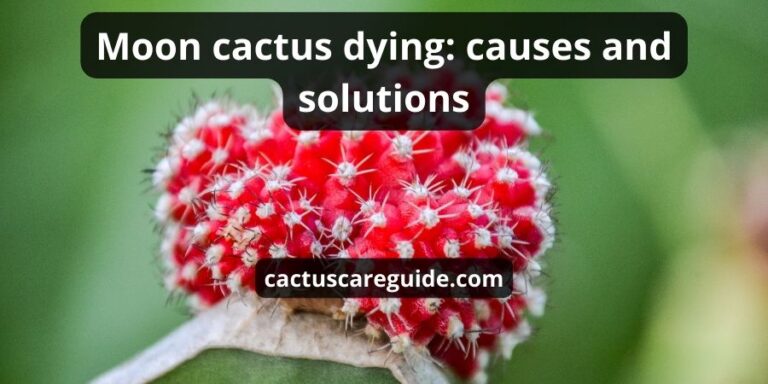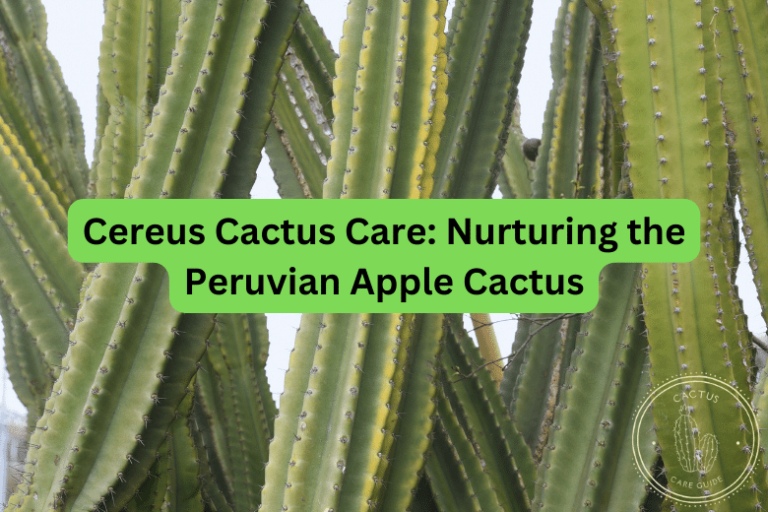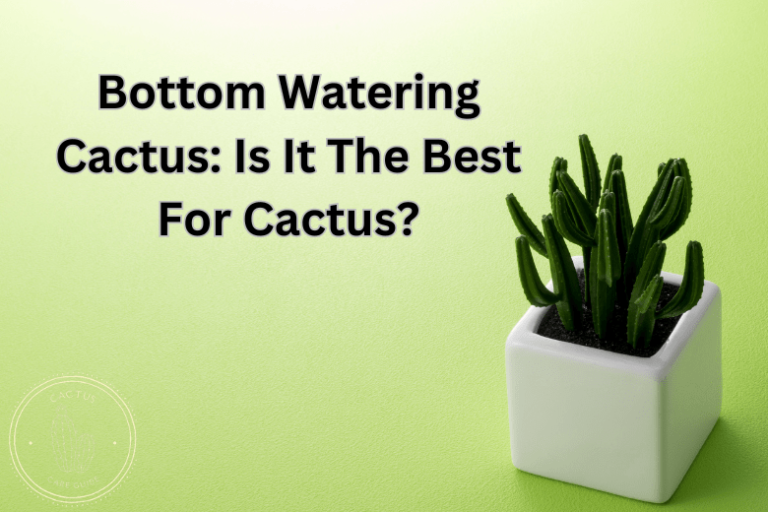How Do You Get Rid of White Fungus On Cactus: a Detailed Guide
Cacti are distinct and fascinating plants that require little maintenance and are both exotic and easy to grow especially for busy plant lovers. They are, nonetheless, vulnerable to several fungal infections that have the potential to either kill them or lead to severe stunted growth and deformed foliage.
Although many individuals are aware of how crucial it is to provide cacti with the right amount of water and sunlight, these precautions may not always be sufficient for preventing an infection.
Everything required to deal with white fungus on your cactus safely and effectively is covered in this article.
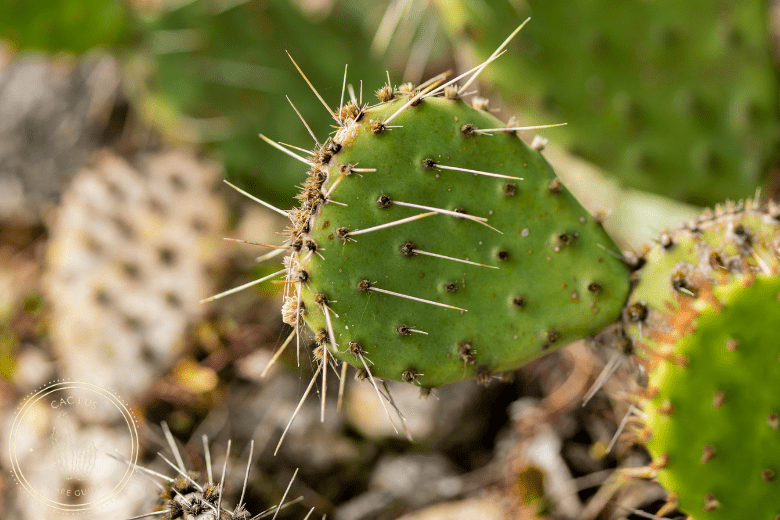
What is white fungus on cactus?
The white fungus on cacti typically manifests as soft, white stuff at the base, stems, or roots of the plant. Another way to describe it is cottony mold growing over decomposing plant matter.
Interestingly, fungus growth and, in certain situations, pest infestation, particularly Cochineal insects may be the cause of the white patches on cacti.
It is possible to run a test to ascertain the reason behind the white patches( fungus growth or pest infestation).
Use alcohol, DIY insecticide, or beneficial insects to get rid of pests like cochineal in the event of a pest infestation. Using a more practical approach that works for the circumstances is advocated.
How to treat fungus on cactus plants?
Fungal infection in cacti can be treated in a variety of ways. Below are a few methods of cactus fungus treatment:
Removal of the infected tissue
Use a sterile knife or clippers to trim off all areas of fungus (white stuff) on your cactus plants to prevent it from spreading to other healthy plants.
Treat those healthy parts twice monthly for approximately six to twelve months, depending on the fungicide you choose, and occasionally clean them with liquid soap and water.
Fertilize your plant as directed on the packaging to encourage development and stop disease outbreaks in the future.
It is important to ensure that it receives consistent watering during this time. Avoid letting it go completely dry in between waterings as this could lead to root rot problems and black spots.
Buy a fungicide spray
Fungicides are an invaluable asset if your prickly pear cactus plant develops a fungal infestation.
There are various kinds of fungicides available; each has a distinct function and some are more effective than others, so be careful to select the one that will work best for you!
If you don’t treat this disease fiercely from the beginning, it will spread swiftly throughout the whole plant in no time at all.
Create your personal fungicide solution
When it comes to cactus maintenance, fighting fungal problems is crucial, and making your personal cactus fungus cure is a useful strategy.
To make this homemade treatment, fill an empty spray bottle with one gallon of water and one tablespoon each of baking soda, hydrogen peroxide, and liquid soap. This particular mixture works well as a cactus mold treatment.
Apply a generous amount of this mixture to your indoor cacti plants twice monthly for a minimum of six months.
You can make sure that your cactus gets the care it needs and that the fungal problem affecting your plants gets resolved.
Baking soda
Making a solution of baking soda (sodium bicarbonate) is one of the most implemented techniques.
Two teaspoons and one quart of warm water should be combined and poured into an empty spray bottle.
Extensively spray your infected cacti until they are completely covered, including the upper surfaces, leaf joints, and undersides of the leaves whenever you notice any indicators, such as leaf spots suggesting that fungus on cactus plants has begun its attack.
You should perform this at least twice a week for six weeks in a row to completely eradicate fungus on cactus plants.
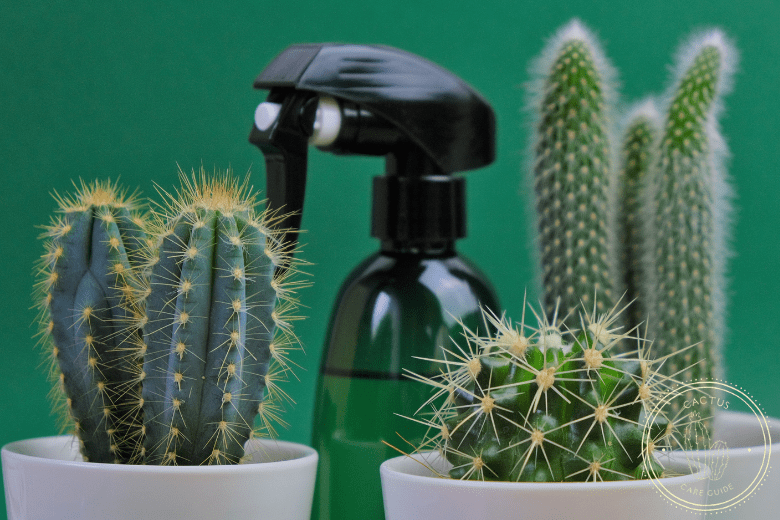
Apply white vinegar solution
Using an empty plastic container or bucket, combine one portion of white vinegar with four portions of water.
The leaves should be gently dipped into this solution until they are completely saturated but not drenched.
FAQs
What kills cactus fungus?
There are several ways to treat cactus fungus, including cutting off the affected area, buying a fungicide, or making your own fungicide solution. The degree of the fungal infection determines the optimal course of action.
Hydrogen peroxide, baking soda solution, and white vinegar solution are a few efficient treatments for killing cactus fungus.
These treatments can assist in eliminating the fungus from your cactus plant, guaranteeing its continued health and ensuring it doesn’t spread to other plants.
Is hydrogen peroxide good for cactus?
Hydrogen peroxide is a useful treatment for fungal growth in indoor cacti plants. Watering the cactus can be done using a solution of one part hydrogen peroxide to nine parts water. Any fungus that may be on the plant can be eliminated with the use of this treatment.
It’s vital to remember that applying too much hydrogen peroxide can damage the plant, thus it’s imperative to dilute it appropriately.
Why does my cactus soil have white fuzz?
If there is white fuzz in your cactus soil, it can be the result of a Powdery Mildew infestation. It’s possible that the Powdery Mildewfungal spores fell to the ground and began to thrive there in the moist surroundings. To maintain the health of your cactus, you have to remove the contaminated potting soil, sterilize the pot, and substitute it with fresh well-draining soil to prevent excess moisture.
What does vinegar do to cactus?
Cactus plant fungus can be removed naturally with vinegar, especially white vinegar. However since too much vinegar might damage the plant, it needs to be applied sparingly.
Does cinnamon get rid of mold?
It’s widely believed that using cinnamon may be helpful in the removal of mold. Unfortunately, there isn’t any established scientific data to support this assertion. Although cinnamon has certain antifungal properties, treating mold with it is not a guaranteed method.
Consequently, if you want to get rid of mold on your cactus plants, it is better to adhere to reliable methods like applying a fungicide or creating your personal fungicide solution.
Can I spray rubbing alcohol on cactus?
While rubbing alcohol can be used to get rid of mealybugs and all the bugs from cactus plants, it is not advised to use it for treating fungal growth. Rubbing alcohol can be damaging to cactus plants since it is too strong for them.
For the best results, treat fungal diseases on cactus plants using alternative techniques, such as those suggested in the article.
Is sugar water good for cactus?
No, it’s not. Although cactus plants need some nutrients for growth, sugars are not beneficial to them. In reality, the application of sugar water may promote the development of undesirable fungi and bacteria in the soil, which may cause harm to the plant.
It is essential to stick to a well-balanced fertilizer and appropriate watering methods to maintain the health of your cactus.
Is Epsom salt good for cactus?
As opposed to table salt (sodium chloride), Epsom salt is primarily made of magnesium sulfate. Epsom salt is bitter and should not be consumed. Instead, it is used to relieve tension or pain. Doctors still suggest using Epsom salt instead of regular painkillers, as they have been used for centuries in traditional medicine.
Plants react to Epsom salt in a slightly different way because of its magnesium sulfate content, which promotes plant growth, blooming, and increased vibrancy.
Cactus and other plants alike depend on the mineral magnesium to help them absorb essential nutrients from the soil. Low magnesium soil might hinder the growth of your plant since it prevents the plant from absorbing the minerals it requires.
Magnesium can also help plants photosynthesize by providing essential nutrients to the plant’s chloroplasts.
What is a natural pesticide for cactus?
Cactus bugs can be successfully eliminated by using neem oil, a natural pesticide. To properly treat your cacti, apply it once a week for two weeks.
It should not be applied when the temperature is higher than 85 °F so you don’t risk burning your cactus.
Even though it kills cactus bugs quite well, it could potentially harm bees and other beneficial insects.
It could be preferable to apply neem oil to all outdoor cacti if you have a large number of them. If you just happen to have a few cacti, you may also use it to deter cactus bugs from damaging your plants by mixing it into the soil.
Conclusion
Cacti that are grown in environments with excess moisture content and inadequate air circulation are susceptible to fungal infection.
I hope this guide is of immense help to you.
Read Also:
? How to Get Rid of Cactus Bugs

Greetings, dear succulent lovers! I’m Jennifer West and I’m happy to share with you practical tips and guides on growing and caring for succulents, as well as all the magical facts about these unique plants. Grateful to have you on this green journey with me! Check out more about our team here.

